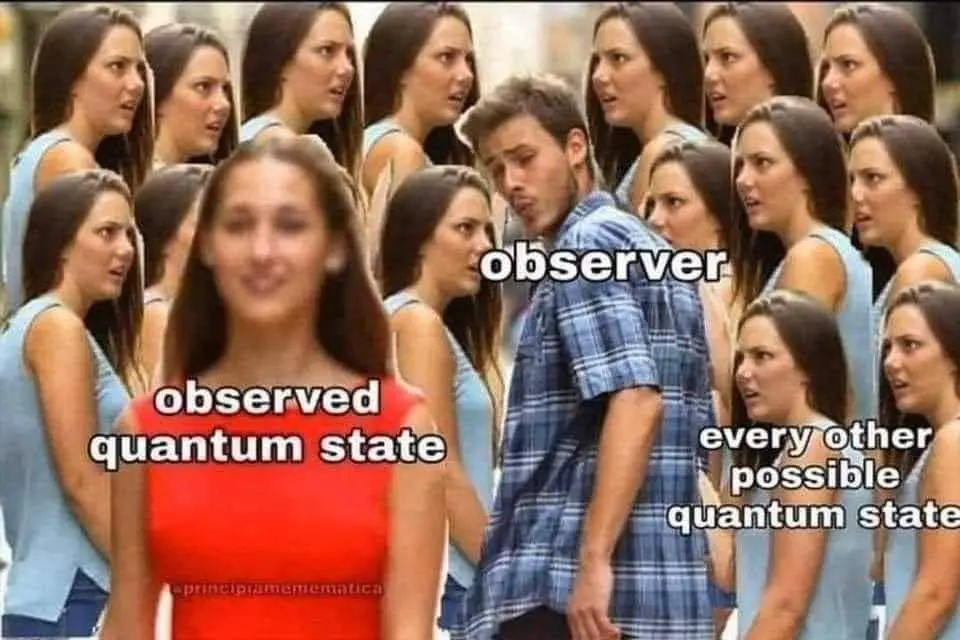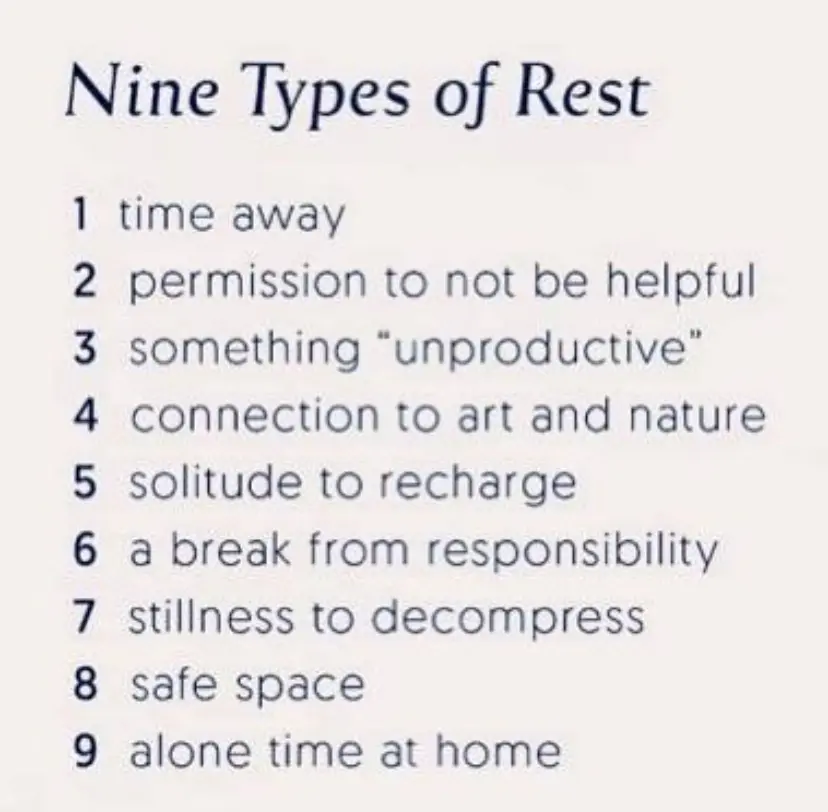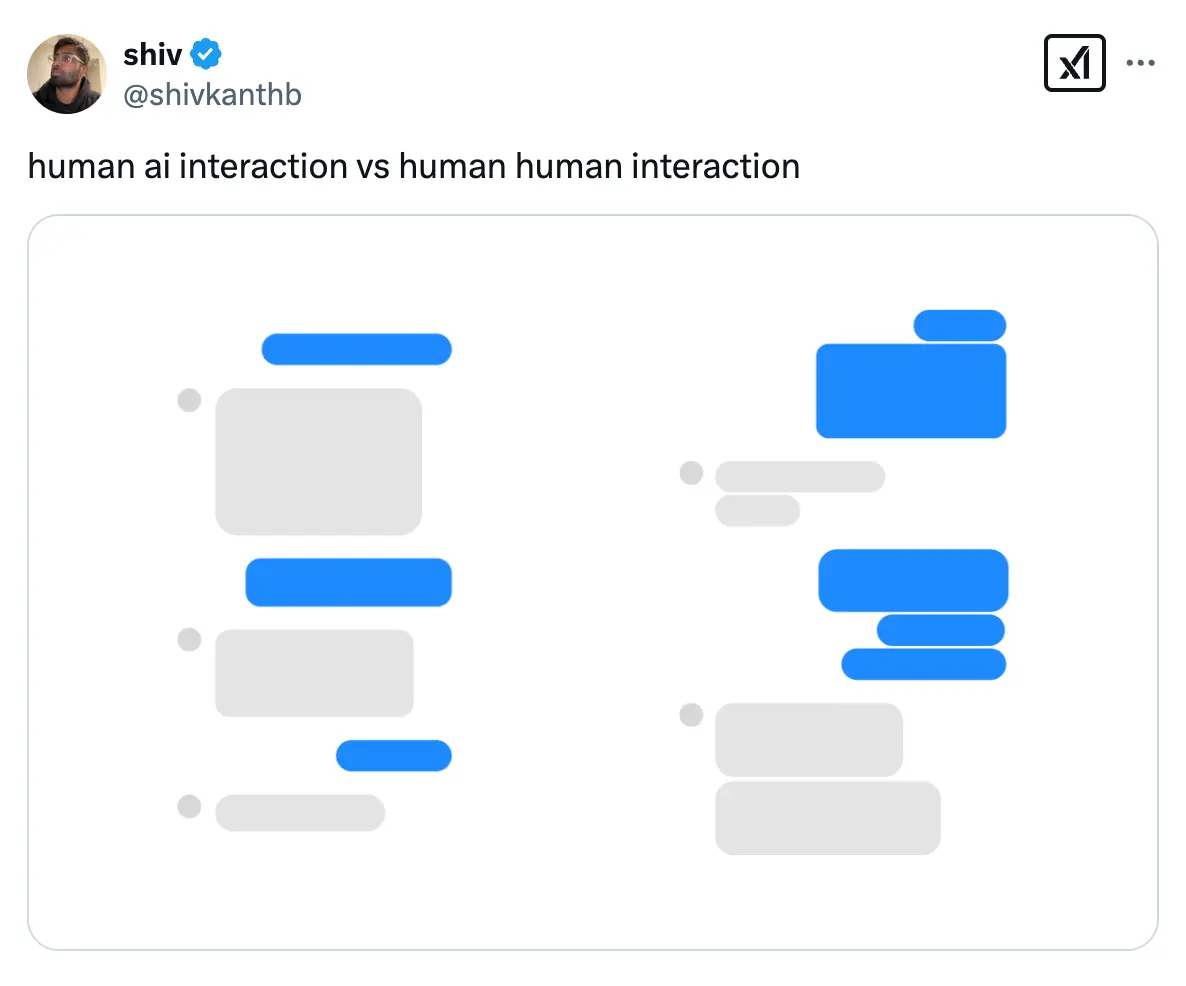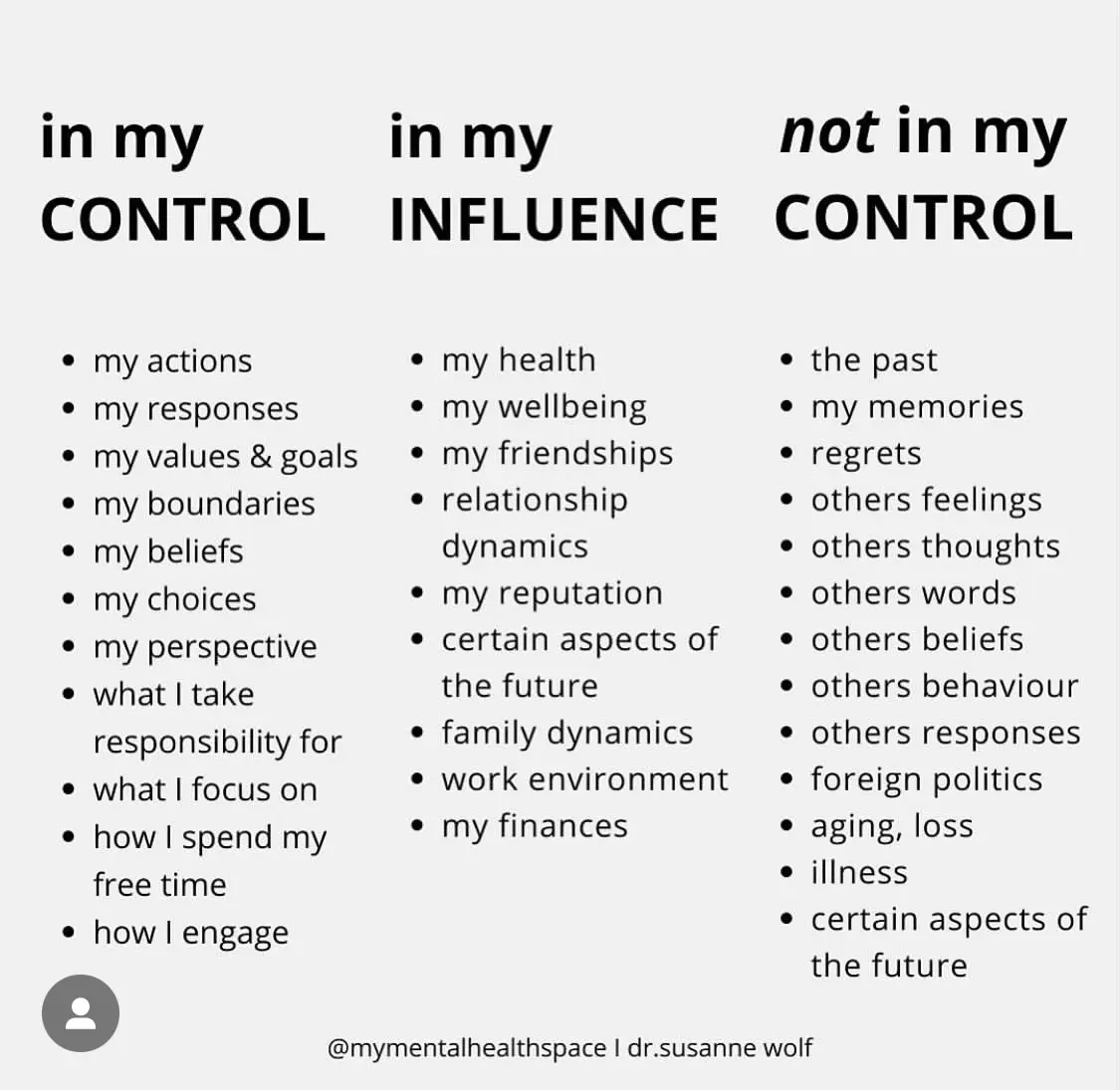
Thought Shrapnel will return in 2026.
On AI leisuretime 'dependence'

It’s not that surprising to me that people would use LLMs in their everyday screen-mediated interactions. In general, people want to appear “normal” and impress other people. Life is ambiguous, mostly unproductively so, meaning that any help in navigating that is likely to be welcome.
Having a seemingly-sentient interlocutor available to run ideas past seems like a good idea, until you realise that it doesn’t really have much clue about the context of human relationships. Generic advice is generic.
For other things, though, it can be super-useful. For example, we recently had some roofers round who encouraged us to spend £thousands replacing our roof, until Perplexity pointed out that our recent heat pump installation probably meant that the ‘leak’ might actually be condensation..
Just as the word clanker now serves as a slur for chatbots and agentic AI, a new lexicon — including secondhand thinkers, ChatNPC, sloppers, and botlickers — is being workshopped by people online to describe the kind of ChatGPT user who seems hopelessly dependent on the mediocre platform. Online, people aren’t mincing words when it comes to expressing their disdain for and irritation with “those types of people,” as Betty describes them. Escape-room employees have crowded around several viral tweets and TikToks to share stories of ChatGPT’s invasion. “So many groups of teens try to sneakily pull out their phones and ask ChatGPT how to grasp the concept of puzzles, then get mad when I tell them to use their brains and the actual person who can help them,” reads one comment. On X, same energy: “Using ChatGPT to aid you through an escape room is bonkers bozo loser killjoy dumdum shitass insanity.”
[…]
The latest and most comprehensive study in ChatGPT usage, published by OpenAI and the National Bureau of Economic Research, found that nonwork messages make up approximately 70 percent of all consumer messages. The study’s “privacy-preserving analysis of 1.5 million conversations” also found that most users value ChatGPT “as an adviser,” like a pocket librarian and portable therapist, as opposed to an assistant. Despite, or perhaps because of, the fact that ChatGPT does not consistently deliver reliable facts, people now seem more likely to use it to come up with recipes, write personal messages, and figure out what to stream than to consult it in higher-stakes situations involving work and money.
[…]
AI technologies initially elbowed their way into all the obvious places — customer service, e-commerce, productivity software — to unsatisfying results. Earlier this year, findings from MIT Media Lab’s Project NANDA said that 95 percent of the companies that invested in generative AI to boost earnings and productivity have zero gains to show for it. Turns out that AI is very bad at most jobs, and this pivot to leisure is likely indicative of the industry’s mounting desperation: Any hope of an “Intelligence Age” that would see the cure for cancer and the end of climate change is seeming less likely, given AI’s toll on the environment. And now that it has failed to “outperform humans at most economically valuable work,” contrary to the hopes of the OpenAI Charter back in 2018, these companies are happy to settle for making us dependent on the products in our leisure time.
Source: The Cut
Image: Michal Šára
Developing a personal brand may leave you emotionally hollow

In this article, Nuar Alsadir examines how psychoanalysis can help people move from living out “inherited” roles and unexamined patterns towards making choices that feel more alive, truthful, and — perhaps, most importantly — internally grounded. This is centred on the idea of a “true self” which is contrasted with the ways social pressures, family expectations, and cultural scripts shape what we think we want.
Alsadir draws on thinkers such as Winnicott, Žižek, and Baudrillard, showing how identity can be reduced to performance or brand, and argues that paying attention to so-called “slips,” jokes, and other unplanned eruptions of the psyche can be revealing. I particularly appreciated the passage below, in which she explores what happens when a person’s carefully managed public image hardens into a kind of “performance” that replaces their inner life. A self built on external “consistency” and “strategic signalling” risks becoming technically convincing yet emotionally hollow, like an actor whose performance is polished but lacks genuine life.
Some people refer to the emotions and perceptions they signal about themselves to others as their “brand.” A personal brand is maintained through a set of consistent choices that signify corresponding character traits—an approach that shows how an essentialist idea of identity can be manipulated for strategic purposes even as it blocks out information from the external world and calcifies habitual patterns of behavior.
Focusing on the surface, lining up your external chips, often results in immediate social reward, yet it can also cause you to lose sight of your interior. In extreme cases, the surface may even become the interior, like the map that comes to stand in for the territory, as philosopher Jean Baudrillard describes it: a simulation that takes the place of the real. The virtual can even feel more real than the real, as happened to a couple in Korea who left their infant daughter at home while they camped out in an internet café playing a video game in which they successfully raised a virtual child. Their daughter starved to death.
When a person becomes a simulation—when it is difficult to distinguish between their self and their role in the game—they may be said, in psychoanalytic terms, to have an “as-if” personality. An as-if person, according to psychoanalyst Helen Deutsch, who coined the term, appears “intellectually intact,” able to create a “repetition of a prototype [but] without the slightest trace of originality” because “expressions of emotion are formal . . . all inner experience is completely excluded.” She likens the behavior of someone with an as-if personality to “the performance of an actor who is technically well trained but who lacks the necessary spark to make his impersonations true to life”
Source: The Yale Review
Image: PaaZ PG
AI has a 3,000-year history

In this article from the ever-fascinating e-flux Journal, Matteo Pasquinelli article traces AI back to ancient practices involving, he argues, rituals and spatial arrangements as early forms of algorithms.
Pasquinelli points out that Vedic fire rituals (with precisely arranged bricks) is an example of early societies using counting, geometry, and organised spaces to encode knowledge and social order. He explains that algorithms emerged from these physical, ritual actions rather than — as we may have assumed — purely abstract mathematics.
What I like about this article is the way he links this to the way space and power interconnect. Sorting and mapping people and land is a form of computation with social consequences. So modern AI, and in particular neural networks, continues and extends the age-old practice of using encoded rules embedded in physical and social environments.
AI infrastructure is an embodiment of the existing social order and control and, as such, reminds us that algorithms are not neutral but rather deeply political and spatial systems rooted in history.
What people call “AI” is actually a long historical process of crystallizing collective behavior, personal data, and individual labor into privatized algorithms that are used for the automation of complex tasks: from driving to translation, from object recognition to music composition. Just as much as the machines of the industrial age grew out of experimentation, know-how, and the labor of skilled workers, engineers, and craftsmen, the statistical models of AI grow out of the data produced by collective intelligence. Which is to say that AI emerges as an enormous imitation engine of collective intelligence. What is the relation between artificial intelligence and human intelligence? It is the social division of labor.
Source & image: e-flux Journal
Adolescence lasts longer than we thought

This finding makes a lot of intuitive sense to me, and means that my wife and I had our children while we were still adolescents ourselves!
The brain goes through five distinct phases in life, with key turning points at ages nine, 32, 66 and 83, scientists have revealed.
Around 4,000 people up to the age of 90 had scans to reveal the connections between their brain cells.
Researchers at the University of Cambridge showed that the brain stays in the adolescent phase until our early thirties when we “peak”.
They say the results could help us understand why the risk of mental health disorders and dementia varies through life.
The brain is constantly changing in response to new knowledge and experience – but the research shows this is not one smooth pattern from birth to death.
Instead, these are the five brain phases:
- Childhood - from birth to age nine
- Adolescence - from nine to 32
- Adulthood - from 32 to 66
- Early ageing - from 66 to 83
- Late ageing - from 83 onwards
[…]
Unsurprisingly adolescence starts around the onset of puberty, but this is the latest evidence suggesting it ends much later than we assumed. It was once thought to be confined to the teenage years, before neuroscience suggested it continued into your 20s and now early 30s.
This phase is the brain’s only period when its network of neurons gets more efficient. Dr Mousely said this backs up many measures of brain function suggesting it peaks in your early thirties, but added it was “very interesting” that the brain stays in the same phase between nine and 32.
[…]
The study did not look at men and women separately, but there will be questions such as the impact of menopause.
Source: BBC News
Image: Wiki Sinaloa
You'll not catch me using an 'AI browser' any time soon

I use Perplexity on a regular basis, and am paying for the ‘Pro’ version. It constantly nags me to download their ‘Comet’ web browser, and even this morning I received an email telling me that Comet is now available for Android.
Not only would I not use an AI browser for privacy reasons (it can read and write to any website you visit) but I wouldn’t use it for security reasons. This example shows why: the simplest ‘attack’ — in this case, literally appending text after a hashtag in the url — can lead to user data being exfiltrated.
What’s perhaps even more concerning is that, having been alerted to this, Google thinks it’s “expected behaviour”? Avoid.
Cato describes HashJack as “the first known indirect prompt injection that can weaponize any legitimate website to manipulate AI browser assistants.” It outlines a method where actors sneak malicious instructions into the fragment part of legitimate URLs, which are then processed by AI browser assistants such as Copilot in Edge, Gemini in Chrome, and Comet from Perplexity AI. Because URL fragments never leave the AI browser, traditional network and server defenses cannot see them, turning legitimate websites into attack vectors.
The new technique works by appending a “#” to the end of a normal URL, which doesn’t change its destination, then adding malicious instructions after that symbol. When a user interacts with a page via their AI browser assistant, those instructions feed into the large language model and can trigger outcomes like data exfiltration, phishing, misinformation, malware guidance, or even medical harm – providing users with information such as incorrect dosage guidance.
“This discovery is especially dangerous because it weaponizes legitimate websites through their URLs. Users see a trusted site, trust their AI browser, and in turn trust the AI assistant’s output – making the likelihood of success far higher than with traditional phishing,” said Vitaly Simonovich, a researcher at Cato Networks.
In testing, Cato CTRL (Cato’s threat research arm) found that agent-capable AI browsers like Comet could be commanded to send user data to attacker-controlled endpoints, while more passive assistants could still display misleading instructions or malicious links. It’s a significant departure from typical “direct” prompt injections, because users think they’re only interacting with a trusted page, even as hidden fragments feed attacker links or trigger background calls.
Cato’s disclosure timeline shows that Google and Microsoft were alerted to HashJack in August, while the findings were flagged with Perplexity in July. Google classified it as “won’t fix (intended behavior)” and low severity, while Perplexity and Microsoft applied fixes to their respective AI browsers.
Source: The Register
Image: Immo Wegman
The caffeination roller coaster

Author, academic, and regular Thought Shrapnel reader Bryan Alexander used to drink a lot of caffeine. And I mean a lot. A post of his resurfaced on Hacker News recently about how he went cold turkey back in 2011 for health reasons. I let him know about this, and he said he’d write an update.
The excerpt below is taken from that update. I have to say that, although I’ve never been a huge coffee drinker, coming off it entirely this year as part of my experiments and investigations into my medical condition has shown that I’m actually better off without it. If you’re in a position where you’re in control of your calendar and schedule, perhaps it’s just not necessary?
Readers might be interested to know that my physical health is fine, according to all medical tests. I’m closing in on 60 years old and all indicators are good. It helps that I am very physically active, between walking a lot, biking regularly, and lifting weights every two days. I’m very professionally active, with a big research agenda, teaching classes, traveling to give talks, writing books, making videos, creating newsletters, etc. The lack of caffeine in my body hasn’t slowed me down a bit.
Mental changes might be more interesting. For years I’ve felt zero temptation to fall off the wagon, despite having plenty of opportunities. When grocery shopping for the house I see vast amounts of caffeine, from the coffee and tea aisle in shops to many coffee vendors hawking their wares at farmers’ markets to omnipresent soda, yet I simply pass them by. It’s a bit like seeing baby products (baby food, diapers, etc), which I mentally process as part of a previous stage of my life (our children are adults now) and therefore not germane to me presently. Every morning I make coffee for my wife but feel no desire to sip any of it. Back when I went cold turkey I longed for it, then trained myself to associate caffeine with sickness, which worked. Nowadays caffeine just not a factor in my thought or feeling. Thirteen years is a long time.
My days are different. When I was on coffee etc. my daily routine included a major caffeination roller coaster. I woke up groggy and badly needed the jolt (or Jolt). I would lose energy, badly, at certain times of the day or in certain situations (boring meeting, long plane flight) and craved the chemical boost. I fear that as a result I wasn’t just hyper when caffeine worked in my veins, but also impatient with non-overclocking people. I think I had a hard time listening and am very sorry for that.
Source: Bryan Alexander
Image: Sahand Hoseini
Early blogger energy

Elizabeth Spiers wants blogs to be weird again. I think the “early blogger energy” she talks about is potentially either a) weirdly specific to a subset of Xennials, or b) just a euphemism for ‘high agency’.
[P]opular blogs have been commercialized; added comment sections and video; migrated to social media platforms; and been subsumed by large media companies. The growth of social media in particular has wiped out a particular kind of blogging that I sometimes miss: a text-based dialogue between bloggers that required more thought and care than dashing off 180 or 240 characters and calling it a day. In order to participate in the dialogue, you had to invest some effort in what media professionals now call “building an audience” and you couldn’t do that simply by shitposting or responding in facile ways to real arguments.
[…]
[I]f you wanted people to read your blog, you had to make it compelling enough that they would visit it, directly, because they wanted to. And if they wanted to respond to you, they had to do it on their own blog, and link back. The effect of this was that there were few equivalents of the worst aspects of social media that broke through. If someone wanted to troll you, they’d have to do it on their own site and hope you took the bait because otherwise no one would see it.
I think of this now as the difference between living in a house you built that requires some effort to visit and going into a town square where there are not particularly rigorous laws about whether or not someone can punch you in the face. Before social media, if someone wanted to engage with you, they had to come to your house and be civil before you’d give them the time of day or let them in. And if they wanted you to engage with them, they’d have to make their own house compelling enough that you’d want to visit.
[…]
Early blogging was slower, less beholden to the hourly news cycle, and people were more inclined to talk about personal enthusiasms as well as what was going on in the world because blogs were considered an individual enterprise, not necessarily akin to a regular publication. One of my early blogs was mostly about economics, a Ukrainian punk band called Gogol Bordello, politics, and a bar on Canal street that turned into an Eastern European disco every night around midnight.
[…]
Some of the best blogs have evolved and expanded. Independent media is more important than ever, and Donald Trump’s recent attempts to censor mainstream outlets, comedians he doesn’t like, and “leftist” professors underscore the fact that speech is critical. The lesson for me, from the early blogosphere, is that quality of speech matters, too. There’s a part of me that hopes that the most toxic social media platforms will quietly implode because they’re not conducive to it, but that is wishcasting; as long as there are capitalist incentives behind them, they probably won’t. I still look for people with early blogger energy, though — people willing to make an effort to understand the world and engage in a way that isn’t a performance, or trolling, or outright grifting. Enough of them, collectively, can be agents of change.
Source: Talking Points Memo
Image: Michael Dziedzic
When scaling up your business is as simple as clicking 'reprint tray' on the 3D printer

I love this, for a couple of reasons. First of all there’s just the idea of putting an Apple Watch Ultra in a case and using it like a phone. Second, there’s this interview with Ed Jelley, who is making them on a 3D printer which was actually a birthday present for his son’s birthday.
Honestly, kind of a whirlwind. I posted a photo on my Instagram and it took off in a way that I’ve never had a post even come close to. Right now, there are well over 2 million views on my past 6 posts. Really, all I wanted to do was mess around with some 3D CAD software and make something I thought would be useful. Call me industrious, but when enough people ask to buy something and scaling up your “business” is as simple as clicking “reprint tray” on the 3D printer, it was hard to not jump in.
Source & image: miniphone ultra (mpu)
"It is strange to view your childhood favourite film and realise you’ve become the villain."

I think it’s fair to say that the most important thing to me in life is living in accordance with my values. That’s why I’m part of a worker-owned co-op, and it’s also a reason why I’m a vegetarian.
That hasn’t always been the case, and in fact for the first 37 years of my life, despite animal ethics being part of my undergraduate degree in Philosophy, I happily ate meat. A nagging feeling had been gnawing away at me, though, and an article about the way that chickens are treated before being killed for our consumption tipped me over the edge. I haven’t eaten meat since October 2017.
This article is about someone who, aged 15, re-watched the film Chicken Run and realised that they were on the side of the baddies. I’m not on some kind of mission to make everyone vegetarian or vegan—I’ll leave that up to your conscience—but, rather, I’d encourage you to think about Mahatma Gandhi famous line: “Happiness is when what you think, what you say, and what you do are in harmony.”
Suddenly I saw Chicken Run for what it really was: a battle between the workers (chickens) and the business owner (Mrs Tweedy). The hardworking hens lay eggs day and night and see no rewards from the profit of their work, only to be degraded even further when Mrs Tweedy sees that they could be more profitable in their death by feeding the people of Britain’s insatiable appetite for pies.
It was Mrs Tweedy’s husband who inspired my actual moral reckoning. Despite his main role as a dim-witted sidekick, Mr Tweedy recognises the chickens are intelligent and organised enough to plan a revolt. Rewatching the film, I saw myself in his shoes: someone with the knowledge of animals’ value and intelligence but without the guts to do anything about it.
It is strange to view your childhood favourite film and realise you’ve become the villain. For all that I was supportive of these fictional claymation chickens in their escape from a cruel gravy-filled fate, in real life I was feeding into the values of the Tweedys in my guilty consumption of pies. Watching such clearcut hero/villain films, you usually want to identify with the hero and their struggle, and Aardman did such a good job depicting the lead hen Ginger that I knew I would never eat a chicken – or any animal – again.
[…]
Last year, the film was revived in the Netflix sequel Dawn of the Nugget, a film so powerful that its director, Sam Fell, stopped eating chicken nuggets. Despite my initial wariness after key voice characters were recast, the sequel won me over and validated my dietary decision. Highlighting the horrors of meat production, Mrs Tweedy tries to turn all the chickens on her farm into chicken nuggets, revealing the heartlessness that comes from viewing living beings solely as sources for human consumption.
Source: The Guardian
Image: Film Filosopher
Web literacy for the mid-2020s
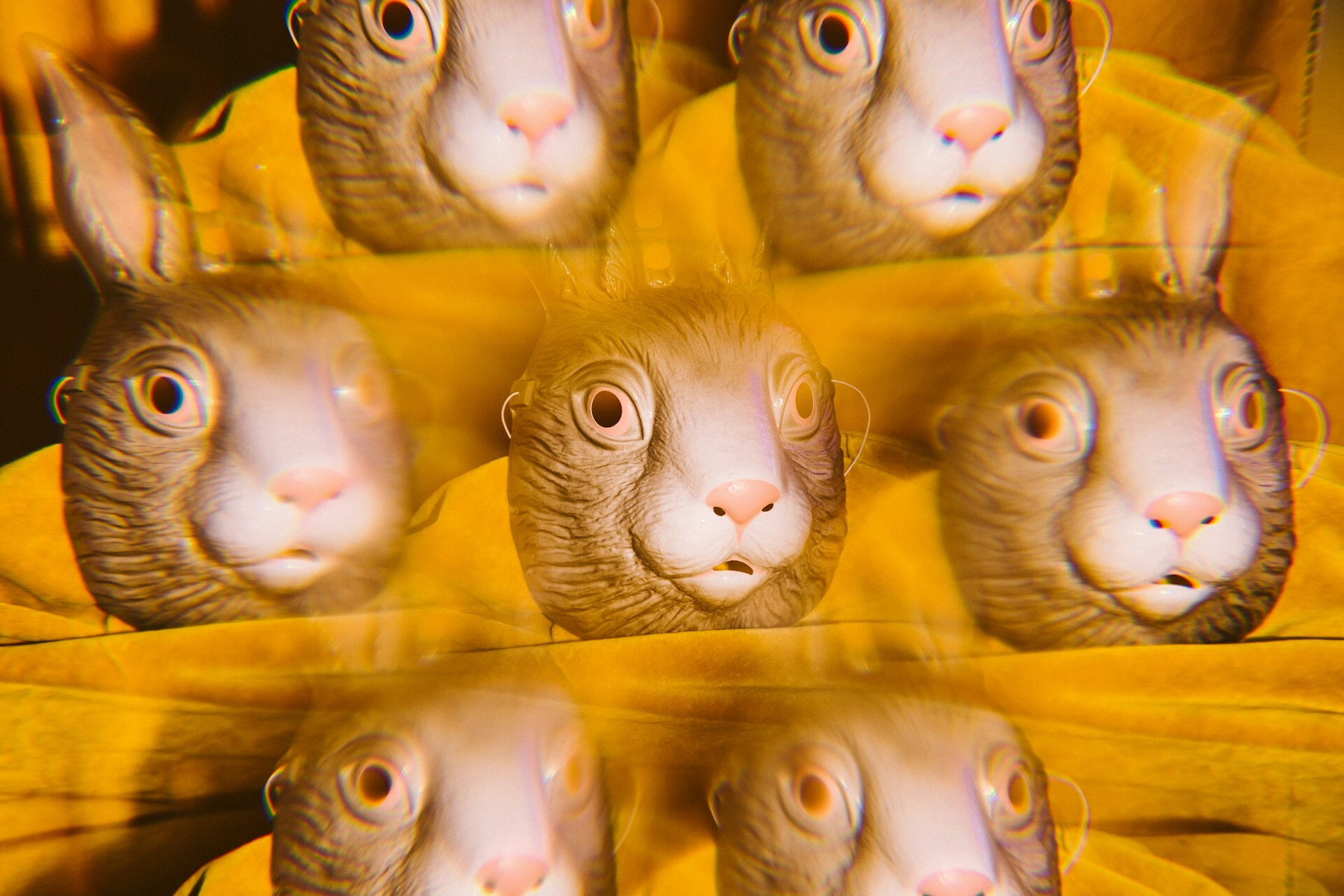
Oh my goodness I have unlimited love for this ‘curriculum’ for ‘how to use the internet again’. It’s basically the kind of thing that the Mozilla Webmaker team (me included) would be doing if it were still around. The point that the author, Brooklyn Gibbs, makes is that the internet isn’t dead it’s just most people aren’t really experiencing it.
They go on to give fantastic advice and link to wonderful sites. 10/10. No notes.
The most common (and easiest) thing to do on the internet is complain. The range of topics varies from person to person, but one consistent grumble circles around The Algorithm and it’s incorrect assumptions about what a person might want to consume.
[…]
I am no Saint; I’ve definitely whined about my own feed more times than I can count, but after a short sulk, I usually do the obvious thing: adjust, use the search, explore a new site, or maybe even delete the app entirely if it’s no longer serving me.
What shocks me is how many people forget that option exists. I recently had a post of mine get some attention where I shared six cool sites to help expand your music library, and surprisingly, a large portion of the comments were people confessing they had forgotten how to use the internet. That broke my heart a little.
You can’t call it the “online world” if you never leave your feed. If your entire internet life happens inside TikTok, Instagram, YouTube, Reddit, or Twitter, you’re simply mall-walking, and malls are fine: predictable, climate-controlled, food courts and chain stores on every corner, but don’t mistake the mall for the city. The city is bigger, stranger, full of alleys, basements, and hidden doors. That’s the real internet, and you haven’t been there in a while.
This curriculum is designed to remind you what the internet used to be—and still is. I’ve built it to help you get your digital spark back. After this course, you won’t complain to the algorithm gods anymore, praying for a better feed. Instead, you’ll remember how to make the internet your bitch again.
Source: Offline Crush
Image: Steven Weeks
The Arc of Democracy

I need to spend longer with this report for Demos by Eliot Higgins, journalist and founder of Bellingcat, Dr Natalie Martin, an academic. However, I’m sharing it both because of the framework above for understanding democratic collapse and the eight ways to systematically respond to build resilience.
Diagnosis must be matched with design. The VDA Framework makes visible how collapse unfolds, from hollow ritual to disordered simulation, but renewal requires a systemic response. Isolated reforms will not suffice. To move from collapse to resilience, democracies need a coordinated framework that strengthens verification, deliberation, and accountability across society.
The Arc of Democracy lets us understand the movement towards substantial or simulated democratic practice in terms of VDA functions, the Arc Framework allows us to design a response.
The Arc is not a single project but an organising system for rebuilding democratic resilience from the ground up. It takes the three functional minimums of democracy, verification, deliberation, and accountability, and maps them onto eight interconnected tracks of action:
Education & Epistemic Capacity – building critical thinking, epistemic literacy, and resilience from primary school through lifelong learning.
Civic Empowerment & Democratic Practice – equipping communities to investigate, deliberate, and act meaningfully in democratic life.
Civic Trust & Value Alignment – rebuilding pluralistic norms and shared values that sustain coexistence.
Investigative Infrastructure – creating resilient, distributed systems for uncovering and verifying truth.
Democratic Discourse – ensuring that verified evidence and accountability shape public understanding.
Institutional Integration & Policy – embedding epistemic standards and accountability into governance structures.
Translation to Impact – ensuring that investigations and deliberation produce real-world outcomes in law, policy, and culture.
Sustainability & Infrastructure – building long-term systems and alliances to anchor democratic resilience.
Source & diagram: Demos
TOOLBOX TOOLBOX

A useful list, some of which I recognise and have used, and some I don’t (and haven’t).
You’re looking at a list of toolboxes. There are no categories. No tags. No filters.
Each toolbox is its own quirky microcosm of order. Trying to organise them felt like categorising categories. So we didn’t.
You probably won’t find exactly what you’re looking for, but there’s a good chance you’ll stumble upon something even better.
Browse with curiosity!
Source: TOOLBOX TOOLBOX
LibrePods

Although I’m very happy with my current headphones, I am impressed that the latest Apple AirPods have a ‘hearing aid’ mode. While I don’t need it yet, that kind of functionality could be useful to lots of people who don’t use iPhones.
So it’s great that some developers have reverse-engineered AirPods to be compatible with devices outside of the Apple ecosystem. That includes people, like me, who use Linux and Android. Check out the releases page for downloads.
LibrePods unlocks Apple’s exclusive AirPods features on non-Apple devices. Get access to noise control modes, adaptive transparency, ear detection, hearing aid, customized transparency mode, battery status, and more - all the premium features you paid for but Apple locked to their ecosystem.
Source & image: LibrePods | GitHub

